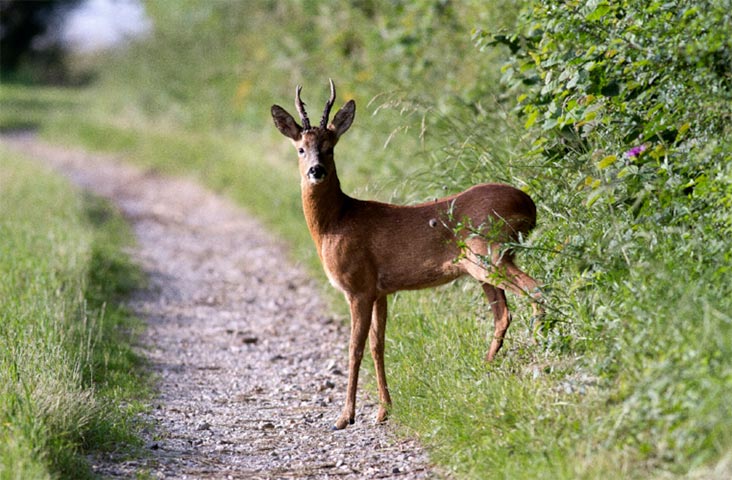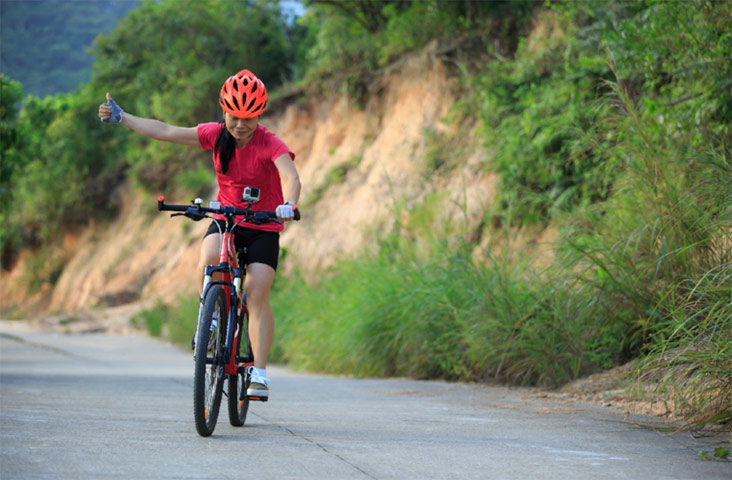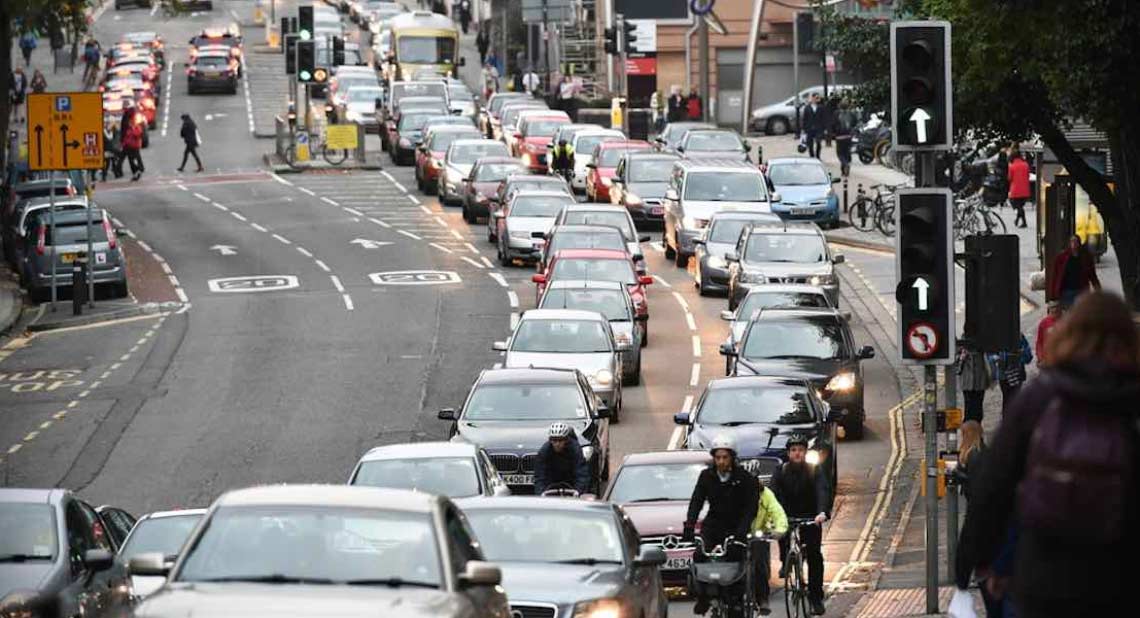If you’re visiting the countryside for a scenic getaway you might find yourself faced with some different things to your usual journeys. Read on for a few tips on rural driving to make sure that you can really enjoy the scenery and stay safe on the road.
Expect obstacles
Unlike driving in a city, you shouldn’t necessarily think it is going to be a simple drive because you haven’t seen a vehicle for a few miles. There are lots of things that could obstruct your journey! Overgrown trees, falling branches, unexpected bends in the road and even hidden dips could appear, so it’s important to stay alert.
When you are behind the wheel, look for clues. For example, horse manure could mean horse-riders are around the corner, and mud on the road could mean a farm vehicle is nearby. If you come up to a gate or driveway, slow down and assume something or someone could be leaving or entering it.
Watch out for wildlife
One of the loveliest things about driving in the countryside is seeing the wildlife, but animals can present their own risk. Your instincts may be to hit the brakes if you encounter smaller animals such as pheasants, ducks or rabbits, but veering to avoid them can put you and other road users in danger. However, when it comes to deer, you should brake and hoot your horn to stop them scampering in front of your car. They can do some severe damage if they hit you.
Badgers can also be more damaging to your car than you might think! The good news is that they tend to become active at night, so if you mostly drive during the day, you may never see one.
If you come across horses, you need to slow down. Don’t rev your car’s engine or hoot your horn, as you could startle the horse and hurt the rider.
For more advice for driving in different places and terrain, check out our Everyday Tips
Sharing the road
You may need to share the road with tractors and combine harvesters so don’t do anything hasty like trying to overtake when you can’t see what’s coming in the opposite direction. Happily, the majority of farm vehicle drivers will pull over for you to pass them. If they don’t help you out, it’s likely they’re not travelling far, so you won’t be stuck behind them for too long.
The countryside is very popular with ramblers and cyclists, so you will need to be mindful of them. Keep your speed down and expect to see someone on their bicycle or on foot, especially as you come to a bend or the edge of a hill.
Overtaking
You could meet an agricultural vehicle, a pedestrian or any other road user on a twisty country road. Wait until you get a straight bit of road, then consider overtaking another vehicle. But don’t be rash—hold back to get a good view of the way ahead so you know precisely when your overtaking manoeuvre will end. Also, be conscious of vehicles behind you as there could be someone already starting to overtake you.
Watch your speed
Rural roads usually follow the national speed limit, but don’t feel like you need to drive at that pace. The speed limit is a guide, not a target. While travelling too slowly can be hazardous on the motorway, it is not so in rural areas. You should go as quickly as you feel is right for the area that you are in. This is particularly true when you are negotiating bends or if you are driving in rain or other tricky weather.
Finding the right car for you
Everyone has different needs for getting around and the Motability Scheme has thousands of cars on offer to customers. So whether you’re new to the Scheme and looking for your first car or you’re looking for your next vehicle when your lease comes to an end, you can be sure you’ll find the right car for you and your circumstances by using our car search tool.
Send me information about the Scheme
If you’d like us to send you more information about the Motability Scheme, request an information pack and we’ll send you everything you need to help you make the right choice for your needs.
Related articles
These tips will help you stay safe while driving in the rain
7 simple tips to keep your tyres in good condition
4x4s and all-wheel cars: Are they right for you
![]()








